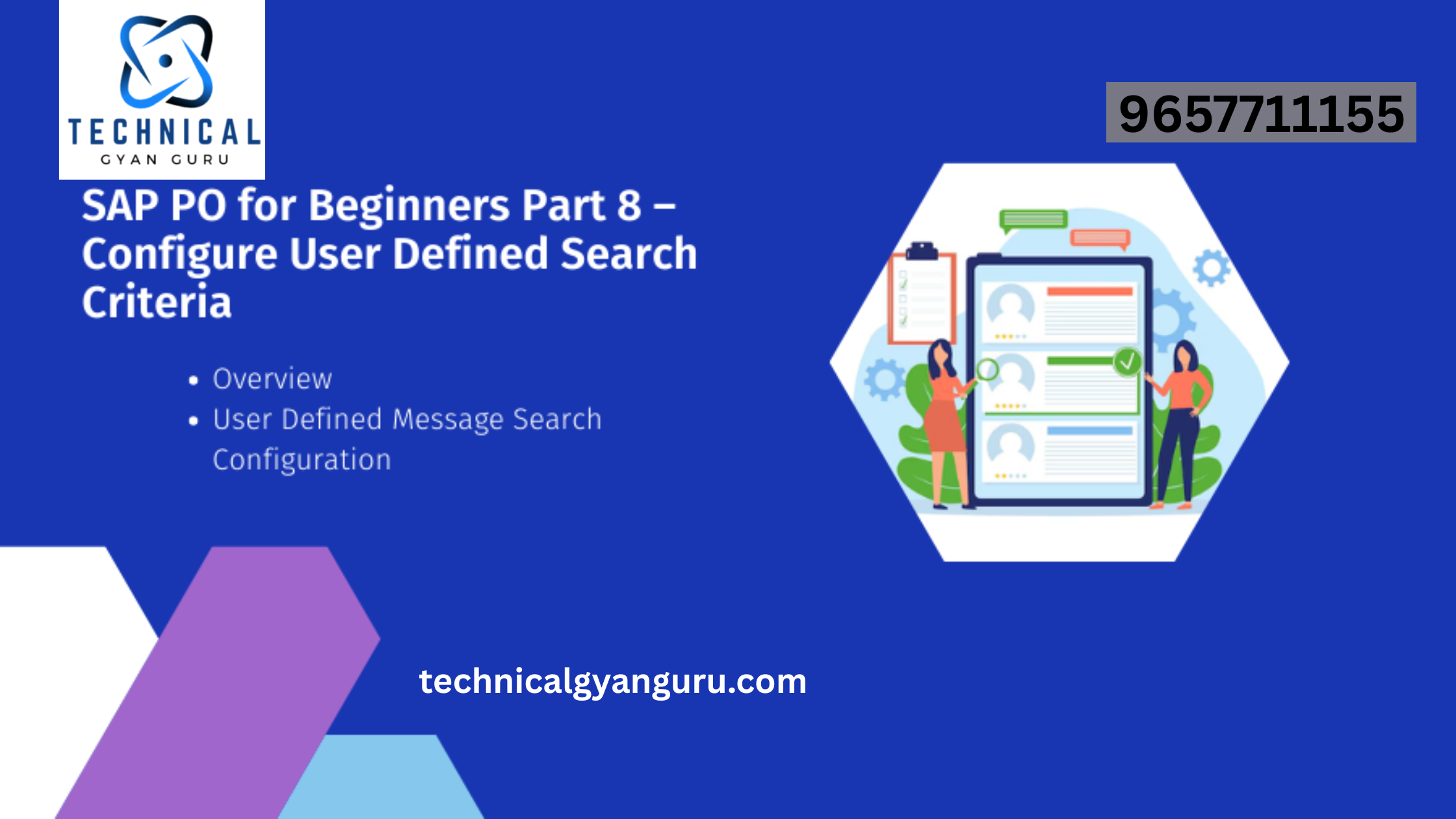Introduction: SAP Business Application Studio Installation
SAP Business Application Studio Installation: SAP Business Application Studio is a powerful integrated development environment (IDE) that enables developers to efficiently create, deploy, and manage applications on the SAP Cloud Platform. In this blog post, we will walk you through the step-by-step process of installing SAP Business Application Studio, ensuring you have all the tools you need to kickstart your development journey.
Prerequisites: Before you begin the installation process, make sure you have the following prerequisites in place:
- SAP Cloud Platform Account: Ensure that you have an active SAP Cloud Platform account. You’ll need this to access the necessary tools and services.
- Node.js: SAP Business Application Studio requires Node.js. Make sure you have Node.js installed on your machine. You can download the latest version from the official Node.js website.
- GitHub Account: Some installation steps involve using GitHub. If you don’t have a GitHub account, create one to access repositories and collaborate with the community.
Now that you have the prerequisites sorted, let’s dive into the installation process.
Step 1: SAP Business Application Studio Account Setup
1.1. Open your web browser and navigate to the SAP Cloud Platform Cockpit.
1.2. Log in with your SAP Cloud Platform account.
1.3. In the SAP Cloud Platform Cockpit, locate the “SAP Business Application Studio” tile and click on it.
1.4. Follow the on-screen instructions to set up your SAP Business Application Studio account.
Step 2: Install SAP Business Application Studio CLI
2.1. Open a terminal or command prompt on your local machine.
2.2. Install the SAP Business Application Studio CLI globally using the following command:
bashCopy code
npm install -g @sap/approuter-cli
Step 3: Clone the SAP Business Application Studio Repository
3.1. Open a terminal or command prompt.
3.2. Clone the SAP Business Application Studio GitHub repository using the following command:
bashCopy code
git clone https://github.com/SAP/business-application-studio
Step 4: Configure SAP Business Application Studio
4.1. Navigate to the cloned repository directory:
bashCopy code
cd business-application-studio
4.2. Run the configuration script to set up SAP Business Application Studio:
bashCopy code
npm run setup
Step 5: Start SAP Business Application Studio
5.1. After the setup is complete, start SAP Business Application Studio using the following command:
bashCopy code
npm start
5.2. Open your web browser and navigate to the provided URL (usually http://localhost:8080).
Congratulations! You have successfully installed SAP Business Application Studio on your local machine. You can now start developing applications, leveraging the powerful features and services offered by SAP Cloud Platform.
Conclusion:
SAP Business Application Studio provides a comprehensive development environment for building applications on the SAP Cloud Platform. By following these installation steps, you have set up the necessary tools to kickstart your development journey. Explore the features, documentation, and community support to make the most out of SAP Business Application Studio for your application development needs.







